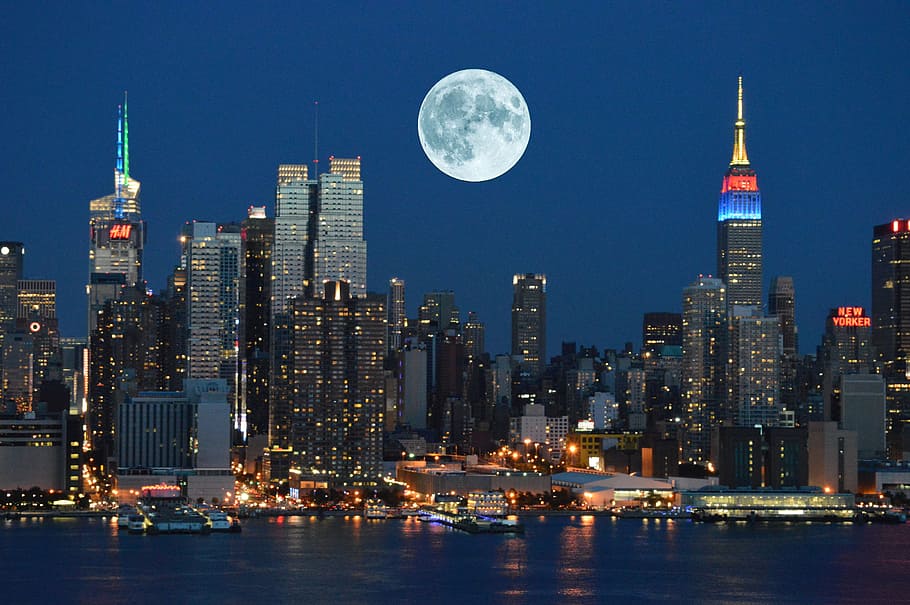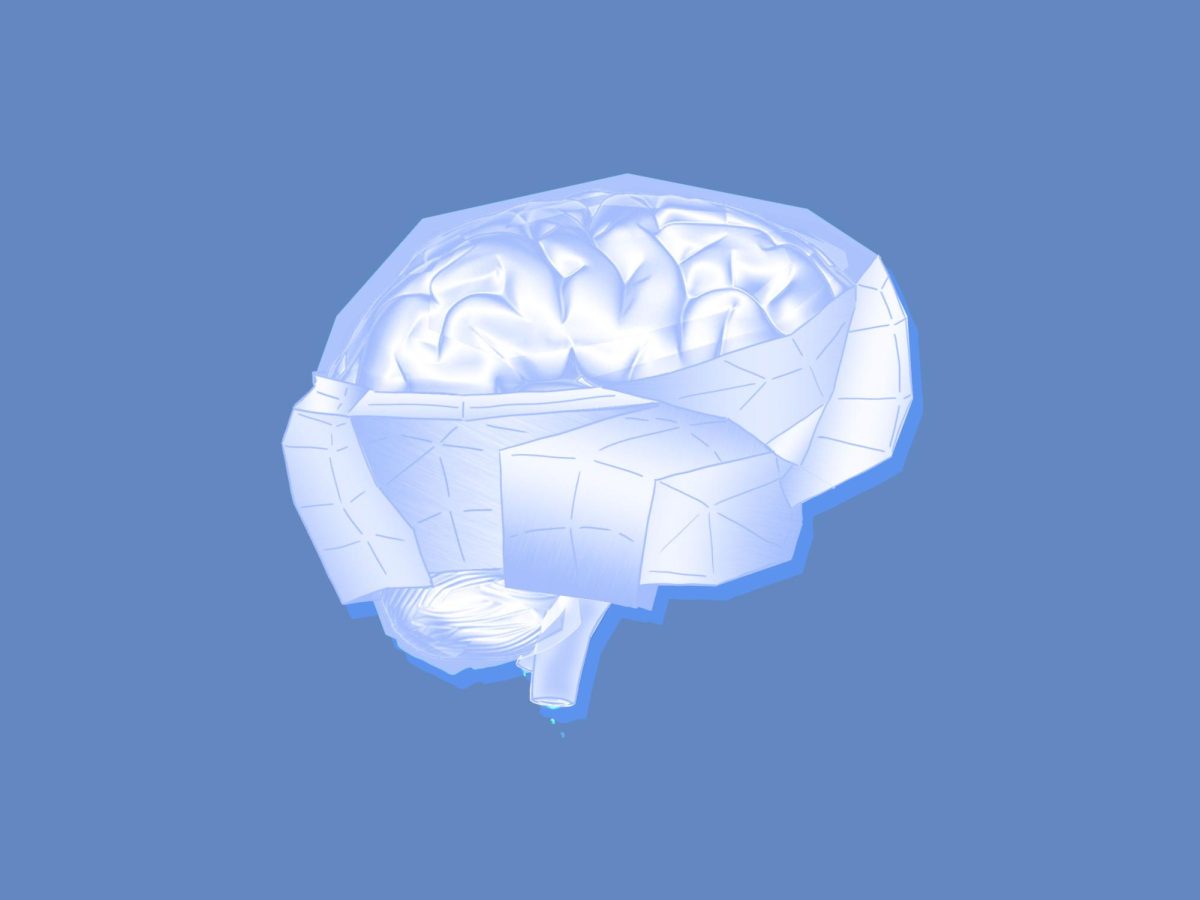New Yorkers got the rare opportunity to view a blue supermoon on Aug. 30. The last one was in December 2009 and the next one may not be until 2037, according to scientists.
A supermoon, whose official term is a perigean full moon, occurs when a full moon is at its closest point in Earth’s orbit. The last supermoon — called “Sturgeon moon” — appeared on Aug. 2, reflecting red and orange colors.
Supermoons tend to be bigger and brighter than the usual gray-hued moon due to their closer proximity to the planet. Supermoons occur every three or four months, according to The New York Times. Blue moons occur every two and a half years.
The combination of the two phenomena is a blue supermoon, which happens every ten years.
Experts have cautioned individuals who live near water that a moon’s proximity can result in increased rates of ocean tides, subsequently creating coastal flooding. For instance, areas like northern Florida were severely affected by the blue supermoon creating high tides and worsening storms caused by Hurricane Idalia, The Weather Network reported.
The moon’s phases can vary in color depending on how the light is reflected from the atmosphere, according to NASA.
When a moon appears with red or yellow color, it’s because light from the moon traveled near the horizon. The atmosphere carries dust particles, reflecting the blue light.
That didn’t happen on Aug. 30. The blue supermoon was not actually blue, confusing people who flooded the comment section of the most popular videos under “#bluesupermoon” on TikTok.
TikTok users commented on one video that reached nearly two million views, “Why isn’t it blue” and “It’s not a blue moon, it was supposed to be blue.”
The recent supermoon was considered a blue supermoon not because of its color but because it was the second full moon of the month. Two supermoons appearing in the same month is unusual because it takes a full moon 29.5 days to complete its lunar cycle and become full once.
This blue supermoon was unique because it was 17,000 miles closer than average to the Earth, making it the brightest and largest moon of 2023.
There were trends on TikTok where users took photos of the blue supermoon on the latest iPhone. Users even posted on how to do so.
New York City’s excitement was particularly strong because the light pollution makes many other celestial events nearly invisible. The moon was visible as long as there were clear skies and library cardholders were encouraged to borrow a telescope from Brooklyn Public Library to get an even closer look.
Despite all the excitement in the air, scientists were not fazed by this blue supermoon and believed it to not be as huge of an astronomical event as social media made it to be. While blue supermoons are bigger, the size difference is not by much, experts told The New York Times.








